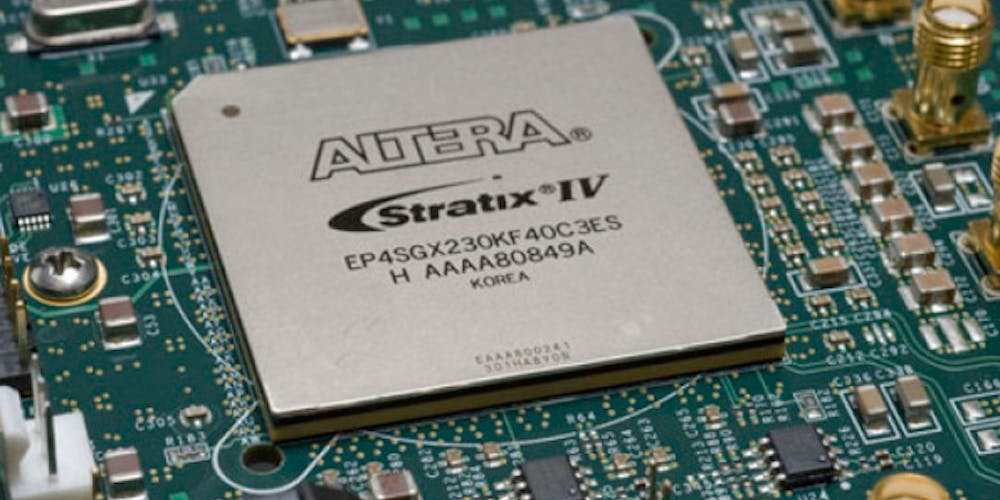An optical FPGA is a type of FPGA that uses optical interconnects instead of the traditional electrical ones. This allows for much higher data rates and lower power consumption. Optical FPGAs are still in their infancy, but they have the potential to revolutionize computing.
What is an FPGA?
An FPGA, or Field-Programmable Gate Array, is a type of integrated circuit that is reconfigurable, meaning it can be adjusted to suit the purpose for which it was designed. From small consumer electronics controllers to optical fpgas and astronomically large networks, FPGAs have found use in a wide range of applications. Essentially, an FPGA consists of many interconnects with logic blocks and memory to program how they should behave. This makes them incredibly versatile and able to efficiently handle countless different tasks. As optical systems increase in complexity, optical FPGAs become increasingly valuable as control units that facilitate the intricate configurations necessary for optimal performance in cutting-edge optical designs.
How does an optical FPGA work?

An optical FPGA is a type of field-programmable gate array (FPGA) which uses light to implement logic functions. It is built upon a technology called Silicon Photonics which integrates silicon and light components on the same chip via photonic transistors and waveguides. An optical FPGA works by transmitting light through waveguides at speeds far beyond what can be achieved in traditional FPGAs, allowing data rates up to four orders of magnitude faster than conventional electronic devices. This increased speed makes them ideal for high-speed applications such as communication networks and machine learning systems that require the performance benefits an optical FPGA provides. Additionally, using light reduces power consumption; these devices are both faster and more energy efficient than their traditional counterparts.
What are some applications for optical FPGAs ?
Optical Field Programmable Gate Arrays (FPGAs) are flexible chips that can be tailored to a range of optical applications. Whether it’s creating optical communication systems, encoding data for optical computers, or generating optical images for medical imaging, optical FPGAs can find a use case in almost any optical machinery out there. The sensitivity and speed optical FPGAs are capable of achieving makes them especially useful in the development of optical data storage systems that require a high read/write rate and data accuracy. They can also be used in optical information architectures to coordinate complex processes while eliminating latency and avoiding costly hardware upgrades. Optical FPGAs have become an integral part of modern optoelectronic technologies, allowing us to marshal increasingly complex optical networks with greater efficiency, making them invaluable assets all across the board.
Are there any disadvantages to using an optical FPGA ?
The optical FPGA is a technology that has seen tremendous advances, owing to its flexibility in terms of configuring digital circuits. Yet, it is not without its drawbacks. Firstly, optical FPGAs tend to generate more heat than the traditional electrical counterparts. This can cause difficulties when it comes to efficiently cooling them down, which in turn can compromise their performance and stability. Secondly, optical FPGAs are often quite expensive and require extensive specialized infrastructure for their use. While these disadvantages exist, optical FPGAs still remain one of the most efficient ways of configuring digital circuits in certain applications, such as optical communication networks or large data centers.
Compared to other types of devices, FPGAs offer a number of advantages including lower power consumption, flexibility, and high computational density. Optical FPGAs are a newer type of device that uses optical interconnects instead of electronic ones which offers even more benefits such as increased bandwidth and lower latency. There are some disadvantages to using an optical FPGA though, including the higher cost and the fact that they require specialized equipment for programming.Despite the disadvantages, optical FPGAs show a lot of promise for applications where data transfer speeds and low latency are important factors.

